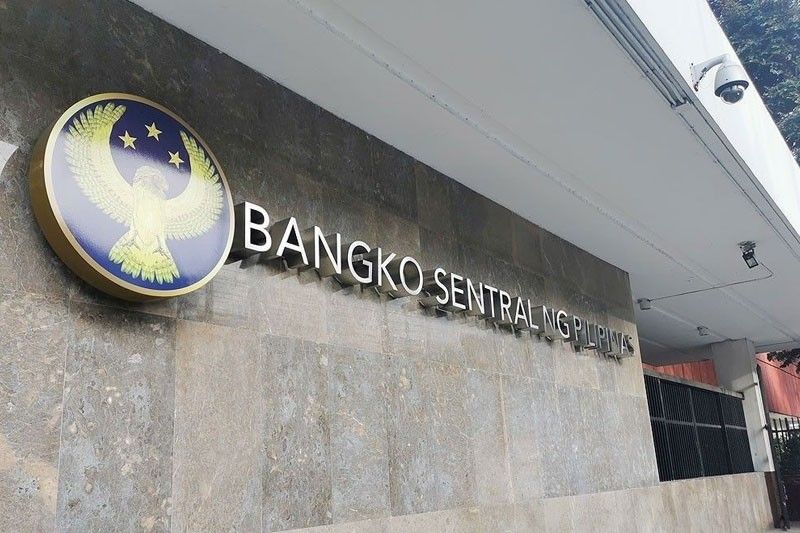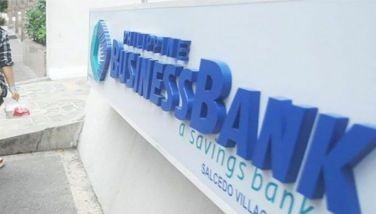Economists see rates staying high longer

MANILA, Philippines — The Bangko Sentral ng Pilipinas (BSP) has shown bias toward a more restrictive policy and a higher-for-longer approach to interest rates after signaling the resumption of its tightening cycle as early as November amid upside risks to inflation, economists said.
Nalin Chutchotitham, Citi economist for the Philippines, said BSP Governor Eli Remolona Jr. has already given a higher-for-longer forward guidance with the likelihood of keeping rates unchanged in the first half of 2024 after resuming the tightening cycle by November this year.
“We push back our call for rate cuts in the first quarter to the second quarter of next year, and expect the policy rate to end 2024 at five percent instead of 4.50 percent earlier. We now expect policy rate to reach 4.50 percent in 2025 (previously 4.25 percent),” Chutchotitham said.
After maintaining a hawkish hold by leaving interest rates untouched for the fourth rate-setting meeting on Sept. 21, Remolona signaled a possible rate hike in November and said that it may not be the last.
According to Chutchotitham, the Philippines’ weaker external balances are also making the BSP more cautious and hawkish about cutting rates before the US Federal Reserve next year.
“We maintain our call for no further rate hikes, given concerns over economic slowdown, which are likely to help reduce core and services inflation further in the coming months,” Chutchotitham said.
While rice prices remained sticky, Chutchotitham said that crude oil prices are expected to ease in the fourth quarter and further into next year.
HSBC economist for ASEAN Aris Dacanay said the central bank has maintained a very hawkish tone after reiterating its readiness to hike interest rates further to arrest any second-round effects on inflation.
“We continue to expect the BSP to raise the policy rate to 6.50 percent in the fourth quarter unless the tariff rate on rice is reduced sufficiently to pre-empt any supply shock on rice,” Dacanay said.
Dacanay explained there are two potential events in the next three months that may trigger the BSP to hop on the tightening express again.
These, he added, include the possibility of further rate hikes by the US Fed that would bring the fund rates to a range of 5.50 to 5.75 percent by the end of the year. The rate hike may put strong pressure on the peso, breachig the 54 to 57 to $1 parameter set by the Cabinet-level Development Budget Coordination Committee (DBCC).
“And if the real spreads between the Fed and the BSP rates deteriorate further, there is a risk of reintroducing forex-induced inflationary pressures. This is on top of the potential widening of the trade deficit due to the recent uptick in global oil prices,” Dacanay warned.
He added that the BSP is likely to raise interest rates by 25 basis points in the fourth quarter if domestic rice prices spike again after the price cap is lifted by the end of the month.
On the other hand, ANZ Research sees the BSP maintaining the benchmark interest rate steady at 6.25 percent for the rest of the year and next year despite possible rate hikes signaled by Remolona.
“On our part, we are maintaining our 2023 and 2024 year-end policy rate forecasts at 6.25 percent. That said, we will continue to monitor the El Niño and global commodity price developments to evaluate domestic inflation risks, US Fed policy moves and the path of monetary policy, by implication, ANZ economist Debalika Sarkar and senior Asia strategist Irene Chung said.
BMI Country Risk and Industry Research is convinced that the BSP would keep interest rates untouched for the remainder of the year.
“While we are maintaining our forecast for the BSP to keep policy rates on hold through year-end, the hawkish tone of the policy statement points to upside risks. As for next year, policymakers will be mindful of embarking on monetary loosening before the Fed does so, as it could exacerbate weakness in the peso,” BMI said.
The unit of Fitch Solutions believes that the timing of rate cuts by the BSP will start in the second half rather than the first half of next year, while the Fed would only start cutting interest rates in the second half rather than the second quarter of 2024.
Bank of the Philippine Islands lead economist Jun Neri said it would take months for rice inflation to go back to four percent whenever there is a shortage of supply based on historical experience in 2008, 2014 and 2018 at 21 months, 18 months and nine months, respectively.
Likewise, Neri said oil price is another upside risk to inflation as price benchmarks are now above $99 per barrel.
“Given these risks, it is necessary for the BSP to, at least, stay on hold. We cannot rule out another hike this year since inflation can accelerate again in the next three months especially with El Niño on the horizon,” Neri said.
- Latest
- Trending




























